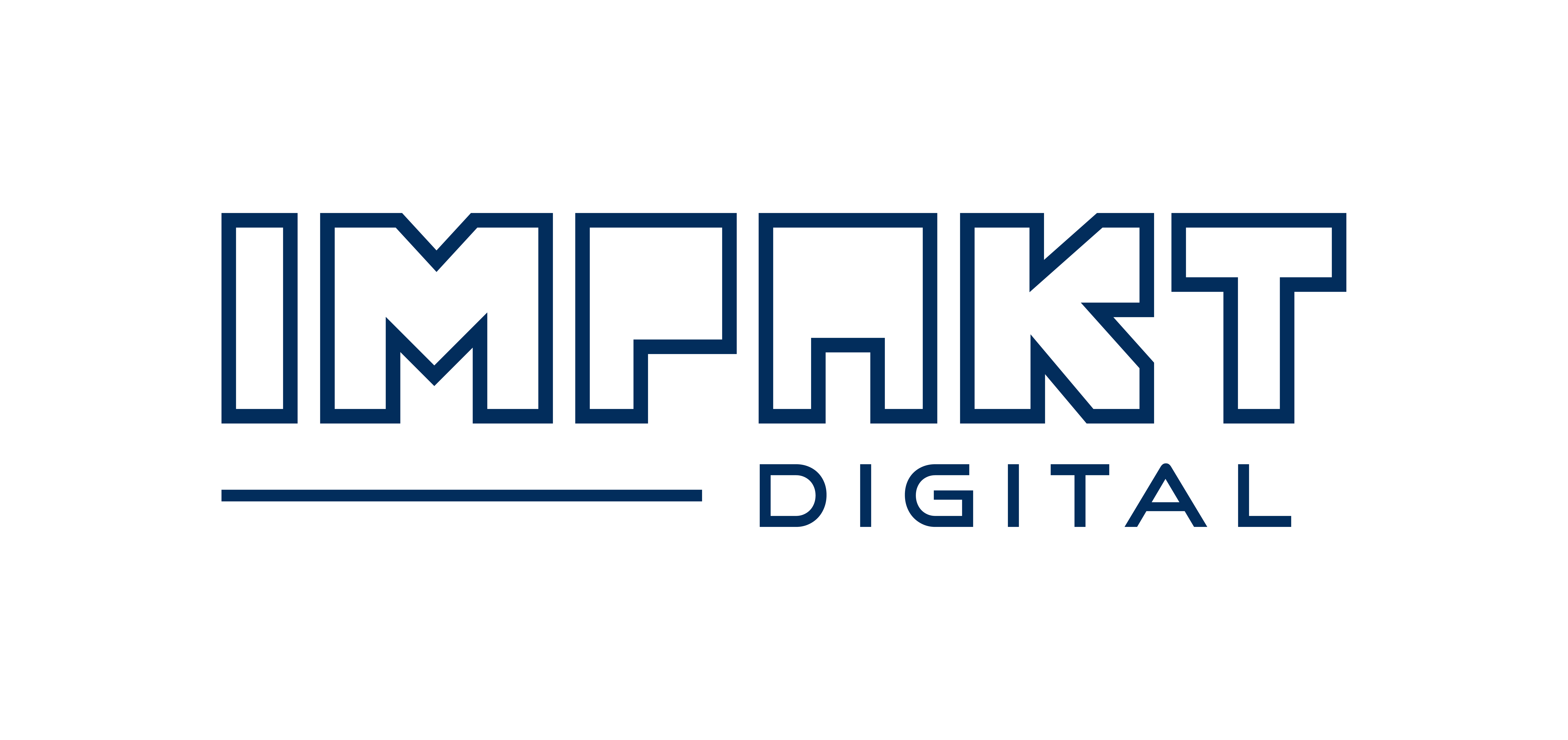Importance of SEO in the Construction Industry
In the construction industry, having a robust online presence is paramount for attracting new clients and projects. Effective search engine optimization (SEO) strategies allow construction companies to enhance their visibility, making it easier for potential customers to discover their services. By optimizing their website content with relevant keywords, construction firms can significantly increase their chances of appearing in search engine results, ultimately driving more traffic to their sites.
Moreover, a strong SEO foundation helps construction companies build credibility and trust with their audience. When a business consistently appears on the first page of search results, it not only gains visibility but also instills confidence in potential clients. This enhanced reputation can lead to greater opportunities in a competitive market, setting a company apart from its rivals and making it a preferred choice among consumers.
SEO Strategies for Manufacturing Companies
Manufacturers face unique challenges in the digital marketplace, and implementing effective SEO strategies can provide a competitive edge. One key tactic is keyword research, which involves identifying and utilizing terms that potential clients are likely to search. By creating targeted content around these keywords, manufacturers can effectively attract their desired audience and showcase their products or services more efficiently.
In addition to keyword optimization, manufacturers should focus on enhancing their website performance, as loading speed and mobile-friendliness are critical factors that influence user experience and search rankings. A well-structured website that provides clear information about products while incorporating engaging visuals can capture visitors' attention. Ultimately, these SEO strategies are essential for driving online visibility and ensuring long-term success in the manufacturing sector.
Long-Term SEO Success for Websites
Achieving long-term SEO success requires consistent effort and a thorough understanding of search engine algorithms. Businesses must not only focus on optimizing their current website content but also stay updated on industry trends and algorithm changes. Regularly auditing and updating the website ensures that it remains relevant and competitive in the eyes of search engines.
Incorporating analytics tools can also play a vital role in assessing the effectiveness of SEO strategies over time. By monitoring metrics such as organic traffic, bounce rates, and conversion rates, businesses can identify areas of improvement and adjust their tactics accordingly. Establishing a long-term SEO plan that balances content creation, technical optimization, and regular performance evaluations can lead to sustained success and growth in online visibility.
When to Update Your SEO Plan
Knowing when to update your SEO plan is crucial for maintaining optimal performance levels. Regularly reviewing your SEO strategy allows you to identify shifts in user behavior, keyword trends, and changes in search engine algorithms. Businesses should consider reassessing their SEO plans at least once or twice a year or immediately following any significant algorithm updates from search engines like Google.
SEO vs SEA: Finding the Right Balance
The interplay between SEO (Search Engine Optimization) and SEA (Search Engine Advertising) is a critical consideration for businesses looking to enhance their digital marketing efforts. While SEO focuses on organic rankings through content optimization and link building, SEA involves paid advertising to reach target audiences more quickly. Understanding the strengths and weaknesses of both strategies can help businesses make informed decisions about how to allocate their marketing resources effectively.
In many cases, a balanced approach that leverages both SEO and SEA can yield the best results. For example, while SEO can contribute to long-term brand visibility and credibility, SEA can deliver immediate traffic and conversions for time-sensitive promotions. By integrating these strategies into a cohesive digital marketing plan, businesses can maximize their online presence and achieve their goals more efficiently.







